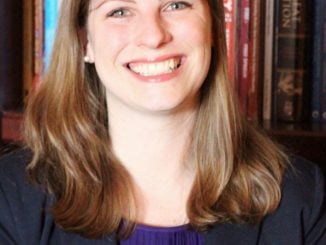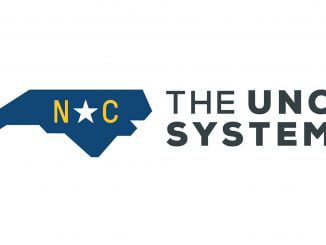
 Until recently, it was hard to feel much sympathy for borrowers who couldn’t pay back their student loans. Presidential candidates clamoring for total loan forgiveness and headlines featuring young people who took on six-figure debt for degrees of dubious value at luxurious private institutions compound the problem.
Until recently, it was hard to feel much sympathy for borrowers who couldn’t pay back their student loans. Presidential candidates clamoring for total loan forgiveness and headlines featuring young people who took on six-figure debt for degrees of dubious value at luxurious private institutions compound the problem.
But, especially in these times of financial uncertainty, student debt is something we should all be concerned about. Research by Judith Scott-Clayton, a professor of economics and education at Columbia University, suggests that nearly 40% of borrowers may default on their student loans by 2023. Many more will escape default but will be unable to make any progress towards paying their loan principal. That’s a problem for the borrowers themselves but also for taxpayers and the wider economy.
A majority of respondents to a survey conducted by Student Debt Crisis reported that student loan debt prevented them from meeting their financial goals. Eighty percent of respondents said student debt prevented them from saving adequately for retirement. Fifty-six percent reported that debt prevented them from buying a home. In a 2019 TD Ameritrade survey of young millennials, 21% of respondents reported delaying starting a family because of student debt.
Society pays, too. Although the government can garnish the wages, tax refunds, and Social Security benefits of borrowers who are in default, it’s taxpayers who are ultimately on the hook for bad student loan debt. The Congressional Budget Office estimated in 2019 that the cost to taxpayers for new loans issued over the next few decades will be $31 billion — and that’s a conservative estimate.
Surprisingly, it’s not (usually) the graduates with high debt levels who struggle to repay their loans. According to the Brookings Institute, only 6% of borrowers owe more than $100,000. And large amounts of debt are usually accompanied by high-paying credentials like law and medical degrees. Borrowers with graduate degrees have the lowest default rates despite accounting for roughly half of all student debt.
So who are the borrowers that end up in default or paying indefinitely on loans that never seem to shrink?
Many of the borrowers who can’t repay their loans are students who took on debt but left school without a meaningful credential. The default rate among borrowers who dropped out of college is three times as high as the rate for borrowers who finished their education. According to The Hechinger Report, 3.9 million undergraduates with federal student loan debt dropped out of college in the two-year period from mid-2014 to mid-2016. Defaults are highest among those who borrow relatively small amounts.
Others who get into debt trouble are parent PLUS loan borrowers with low income and very few assets. PLUS loans are available to parents after their children have already reached their federal loan limits. There are no credit checks for such loans and no collateral is required to qualify. A majority of the 114,000 borrowers who had their Social Security payments garnished in 2015 were parents who took out PLUS loans to pay for their children’s education.
The current student loan system invites these problems. Colleges accept students who have no hope of graduating. Parent PLUS loans have no limits and no accountability standards. The student aid eligibility formula is flawed, rewarding schools for increasing costs. Students don’t understand the loans they’re taking on and colleges see no reason to educate them on the risks of their debt. And many current policy proposals will exacerbate the problem rather than fix it.
Now is the time to act. If the student loan system doesn’t change, the problem will continue to grow as more young people enter higher education — and more Americans will clamor for debt forgiveness and “free college.” Those aren’t the right solutions. In two future North State Journal articles, I’ll explain how we got into this mess and policy solutions that can help us get out.


